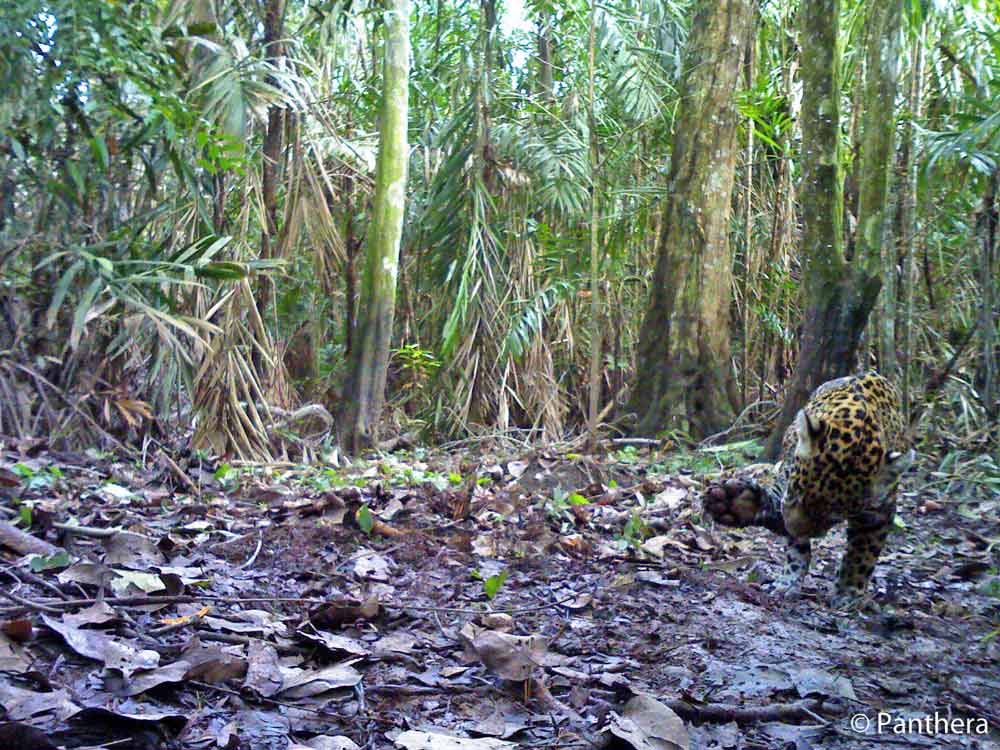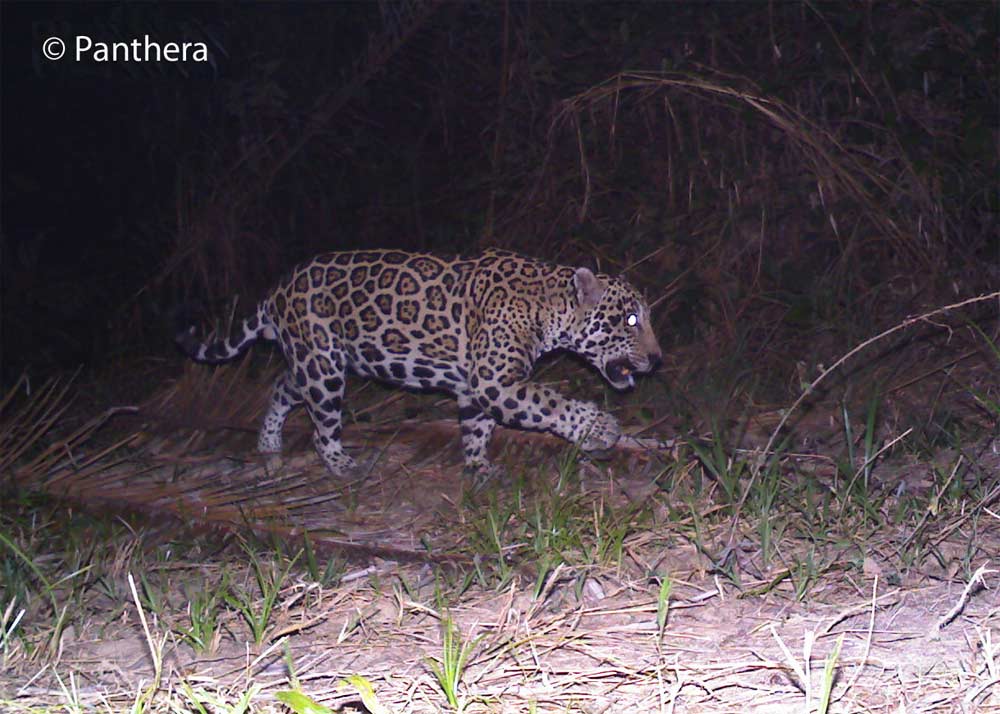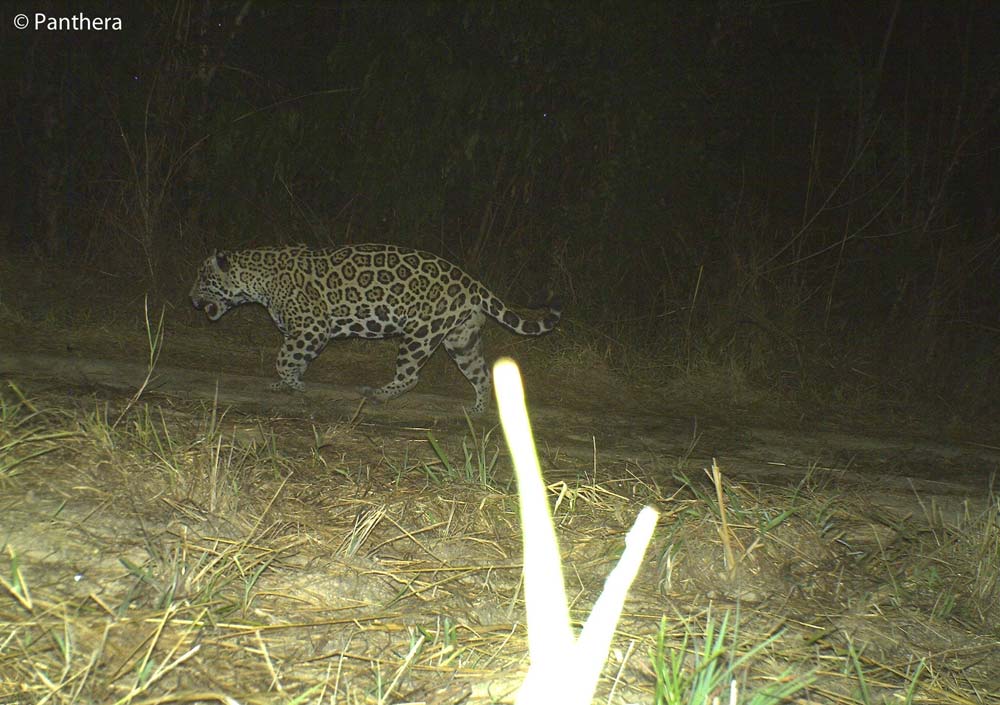Big Cats: Photos Reveal Elusive Jaguars
Two Jaguar Cubs

A jaguar mother with her two cubs in a Colombian oil palm plantation.
Rare Jaguar Image

A jaguar cub inspects a camera trap, set up by the cat conservation group Panthera, in a Colombian oil plantation while its sibling looks on.
Cat Cub

A jaguar cub grooms itself in a Colombian oil palm plantation.
On the Prowl

A male jaguar walking through a Colombian oil palm plantation. Until now, scientists did not have photographic evidence that jaguars were using oil palm plantations as passageways in the region.
Big Boy

A male jaguar walks past Panthera’s camera trap in a Colombian oil palm plantation.
Male Jaguar

The same male jaguar walking past Panthera’s camera trap in a Colombian oil palm plantation.
Jaguar Spots

A male jaguar walks through an oil palm plantation in Colombia's Magdalena river valley. Like this one, jaguars usually sport a yellowish coat with a pattern of black spots called rosettes; scientists can identify individual jaguars by their unique pattern of spots.
Get the world’s most fascinating discoveries delivered straight to your inbox.
Hidden Camera

Distant camera trap photo of a male jaguar in an oil palm plantation, Colombia.
Jeanna Bryner is managing editor of Scientific American. Previously she was editor in chief of Live Science and, prior to that, an editor at Scholastic's Science World magazine. Bryner has an English degree from Salisbury University, a master's degree in biogeochemistry and environmental sciences from the University of Maryland and a graduate science journalism degree from New York University. She has worked as a biologist in Florida, where she monitored wetlands and did field surveys for endangered species, including the gorgeous Florida Scrub Jay. She also received an ocean sciences journalism fellowship from the Woods Hole Oceanographic Institution. She is a firm believer that science is for everyone and that just about everything can be viewed through the lens of science.


